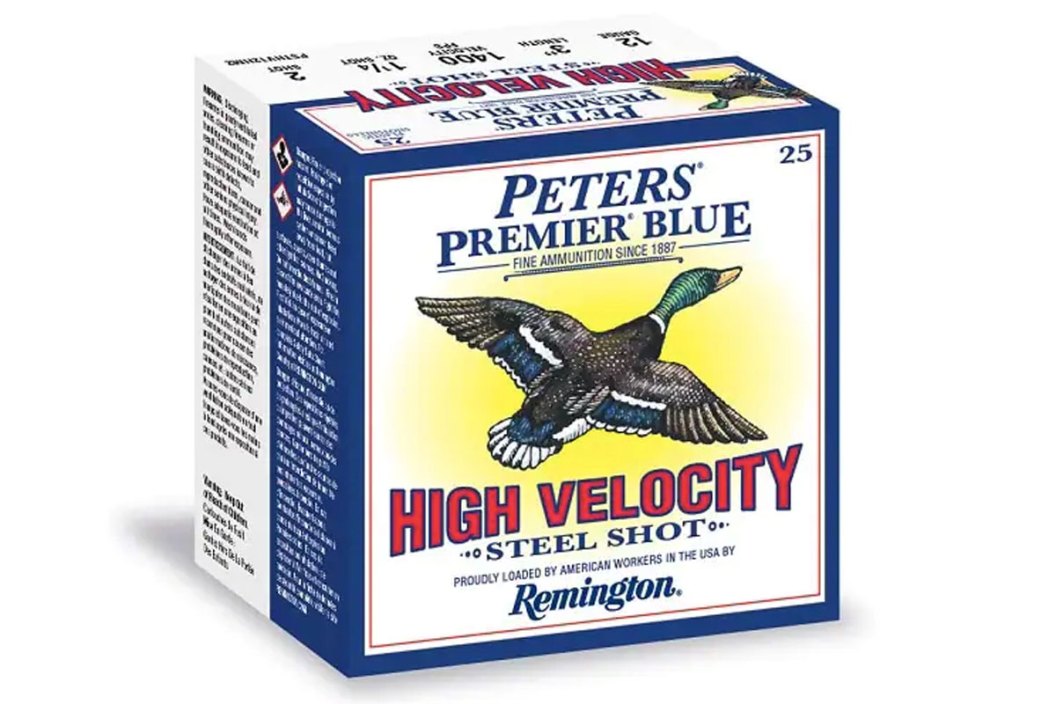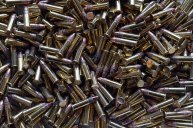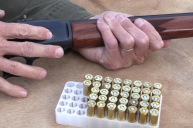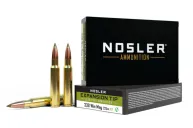This historic ammo brand is rooted in the frontier-era of gunpowder manufacturing.
Back in 2018, Remington Ammunition announced it would be reintroducing an ammo brand from before the turn of the 20th century. The Peters Premier Blue series brought back the packaging and styling of the Peters Cartridge Company of old, which was one of the biggest ammo makers in the country at one time. The four 12-gauge, 3-inch loads that were released even have the signature Peters blue hulls.
The revived Remington ammo is aimed at waterfowlers in BB, No. 2, No. 3, and No. 4 loads, all of which use round steel shot and a stitched wad along with a sealed primer and a 6-segment Peters crimp.
For those who aren't familiar, the Peters Cartridge Company dates back to 1887, but its roots as a powder company go all the way back even further.
The Peters Cartridge Company
Ahimaaz King was an early Ohio industrialist who founded both the King Powder Company, which later founded the Peters Cartridge Company, each located on opposite banks of the Little Miami River in Kings Mills, Ohio. They became one of the largest manufacturers of gunpowder and ammunition in the United States at their peak. Essentially the entire town of Kings Mills was built to house the employees of both sister factories.
The Peters Cartridge Co. gets its name from Gershom Moore Peters, the son-in-law of Joseph Warren King, Ahimaaz's uncle. Peters joined the family business firm in 1881 and became president of the King Powder Company in 1885 when J.W. King died. In January 1887, he founded the Peters Cartridge Company, which was initially located within the powder company on the west bank of the river, but soon required more space and was moved to its own facility across the water.
The river valley location was chosen because of the large number of willow trees in the area. Their wood was perfect for burning into charcoal, a primary component of gunpowder at the time.
By 1889, the Peters factory could roll out 4,000 metallic cartridges per hour.
Peters was actually a retired preacher who invented the first power-driven machine for loading shotgun shells using a line shaft driven by a steam engine. It reduced labor costs and increased efficiency so much that three people could load 60 shells per minute. The ammo plant had a symbiotic relationship with King Powder, because most ammo makers at the time were also making their own gunpowder.
In 1890, King Powder was the third-largest powder company in the country. It was actually the first company to develop semi-smokeless powder and later smokeless powder about 15 years before Dupont came out with similar products in 1911, which would ultimately dominate the market.
But making gunpowder and ammunition is dangerous business. In 1890, a massive explosion destroyed practically the entire Peters munitions factory complex including the depot, a paper shell factory, the cartridge factory office, residences and warehouses. Across the river, The King Powder Company wasn't affected. Peters rebuilt and in 1895 erected a massive wood frame shot tower, which was later replaced with a taller tower made of brick with a giant P on it in the early 1900s.
The shot tower still stands today along with parts of the factory, and has become a landmark of Kings Mills. Almost nothing remains of the King Powder Company facility.
Change in Ownership
In 1934, Remington Arms bought PCC, changing the headstamp on their ammunition to "R-P" for Remington Peters, which is still in use today. During World War II, the facilities at the Peters Ammunition Factory were expanded to include the federally owned Kings Mills Ordnance Plant making military ammo just south of the Peters factory.
The End of Ammo Production in Kings Mills
The surge in military ammo production ended in March 1944 and Remington sold the historic factory in Kings Mills to Columbia Records, where it was used to manufacture 78 rpm records until 1949 when 45 rpm records became more popular. Seagrams distillers leased the location as warehouse space until 1968. The original Building R-1 and the landmark shot tower surviving into the 21st century. It's currently part of the National Register of Historic Places.
The location's history caught up with it in April 2012 however when it was listed as a Superfund site by the Environmental Protection Agency (EPA) for copper, lead and mercury contamination in the soil. In 2019, the Warren County Port Authority and the EPA deemed the location had been remediated successfully and was safe for redevelopment.
The Factory Site Today
Presently, the site is home to Cartridge Brewing, a brewery and pub that has breathed new life into the old Peters site while paying homage to the history there. And, the shot tower with the big ol' P is still there.
Vista Outdoor, the parent company of Federal Ammunition, bought Remington in 2020. Hopefully they'll continue to produce the throwback Peters shells and distinctive boxes.
NEXT: HERE'S WHAT THE FEDERAL AMMUNITION CEO HAS TO SAY ABOUT THE AMMO SHORTAGE
WATCH





